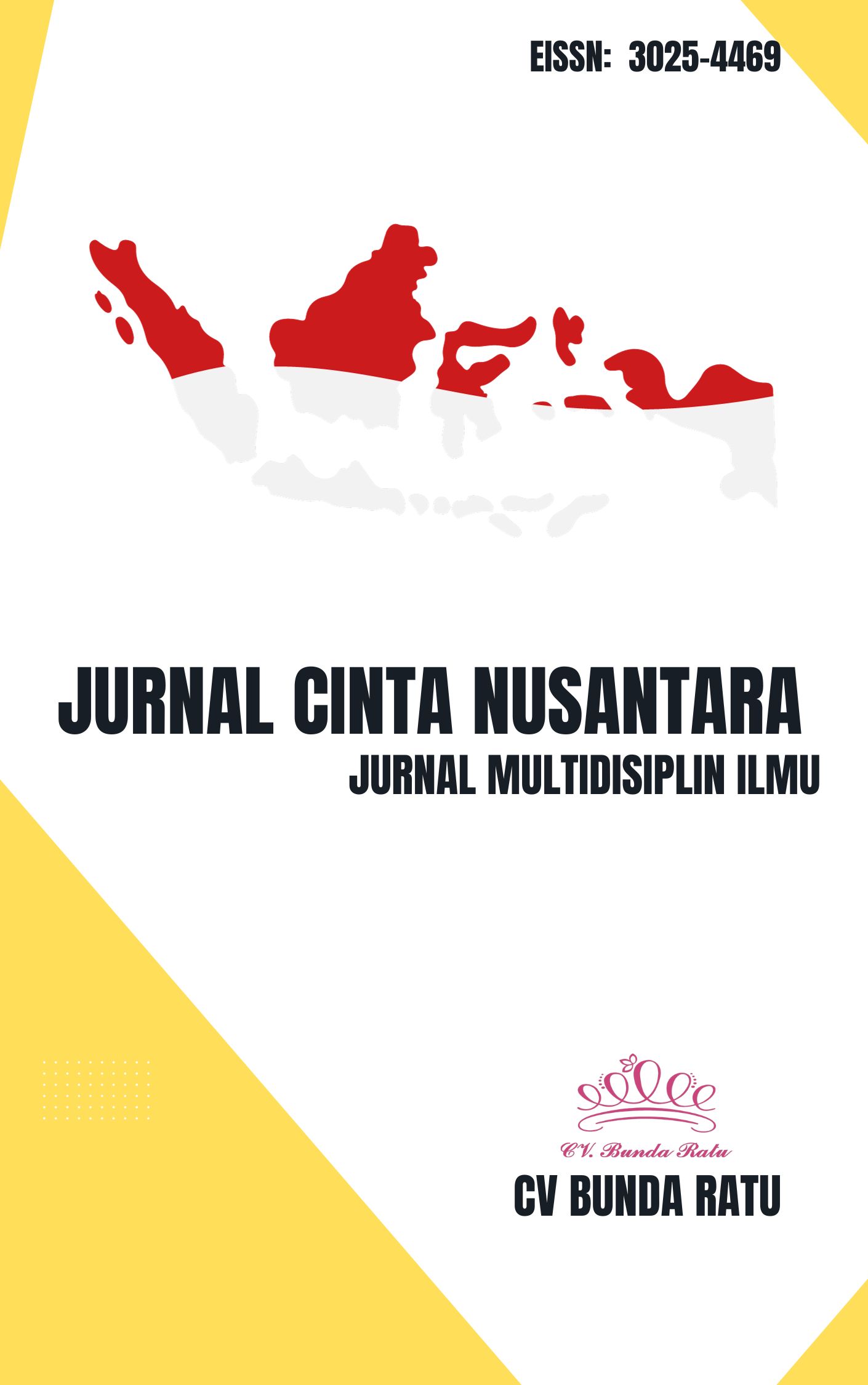The Influence of Job Stress, Organizational Culture, and Organizational Communication on Turnover Intention in X Hospital
DOI:
https://doi.org/10.63754/jcn.v1i2.7Keywords:
Job Stress, Organizational Culture, Organizational Communication, Turnover Intention, Turnover.Abstract
The high rate of Turnover is a negative thing and is detrimental to the Hospital. This problem can have an impact on material losses, effectiveness and human resources. The purpose of this study was to analyze the effect of job stress, organizational culture and organizational communication on turnover intention at RS X. This research method is a quantitative research to look at the factors that are related to the desire of employees to stop working with a survey research design. The analysis technique used is Multiple Linear Regression. The sample population of this study were all nurses in X Hospital in total of 157 respondents. The sampling technique uses a saturated sample. Measurements in this study used questionnaires that were distributed to 157 respondents and questionnaires that returned a total of 157 sets of questionnaires. The results of the study show that job stress, organizational culture and organizational communication have an influence on turnover intention in RS X. Job stress has no effect on turnover intention. Organizational culture influences turnover intention, and organizational communication influences turnover intention. The implications of research for management so that employee turnover intention is reduced by re-evaluating workload calculations, creating a remuneration system and improving work shift regulations to reduce job stress, besides that management is expected to provide clear information directions on every detail of work and provide prizes to employees who excel to increase.
References
Arikunto, S. (2010). Prosedur Penelitian (Suatu Pendekatan Praktek). Jakarta : Rineka Cipta. Armstrong.
Arshadi, N., & Damiri, H. (2013). The relationship of job stress with turnover intention and job performance: Moderating role of OBSE. Procedia-Social and Behavioral Sciences, 84, 706–710.
Azwar, S. (2014). Metode Penelitian. Pustaka Pelajar
Burns, A. C., Bush, R. F., & Sinha, N. (2014). Marketing research (Vol. 7). Harlow: Pearson.
Dai, Z., & Ma, W. (2021). Modelling of influencing factors of Chinese nurses’ turnover intention: A meta-analysis. Nurs J Chin People’s Liberation Army, 38(08), 5–7.
Ghozali, I., 2011. Analisis multivariat dengan program SPSS Edisi ke-3. Semarang: Badan Penerbit Universitas Diponegoro.
Glaser, S. R., Zamanou, S., & Hacker, K. (1987). Measuring and interpreting organizational culture. Management communication quarterly, 1(2), 173-198.
Griffin, R. W., Phillips, J. M., & Gully, S. M. (2016). Organizational behavior: Managing people and organizations. Cengage Learning.
Hahn (Ph.D), S. T. P. (Ph D. & L. K. (2019). 1.4 Characteristics of Organizational Communication. https://textbooks.whatcom.edu/cmst245/chapter/1-4/
Hayes, L. J., O’Brien-Pallas, L., Duffield, C., Shamian, J., Buchan, J., Hughes, F., Laschinger, H. K. S., & North, N. (2012). Nurse turnover: A literature review - an update. International Journal of Nursing Studies, 49(7), 887–905. https://doi.org/10.1016/j.ijnurstu.2011.10.001
Judge, T. A., & Robbins, S. P. (2017). Organizational behavior. Pearson
Kotter, J. P. (2008). Corporate culture and performance. Simon and Schuster.
Kleindienst, N., Priebe, K., Görg, N., Dyer, A., Steil, R., Lyssenko, L., ... & Bohus, M. (2016). State dissociation moderates response to dialectical behavior therapy for posttraumatic stress disorder in women with and without borderline personality disorder. European journal of psychotraumatology, 7(1), 30375.
Lee, S. K. J., & Yu, K. (2004). Corporate culture and organizational performance. Journal of managerial psychology.
Lee, E., & Jang, I. (2020). Nurses’ Fatigue, Job Stress, Organizational Culture, and Turnover Intention: A Culture–Work–Health Model. Western Journal of Nursing Research, 42(2), 108–116. https://doi.org/10.1177/0193945919839189
Lu, A. C. C., & Gursoy, D. (2016). Impact of job burnout on satisfaction and turnover intention: Do generational differences matter? Journal of Hospitality & Tourism Research, 40(2), 210–235.
Lukman, S., Dasman, H., & Bachtiar, A. (2020). Turnover Intention Factors among Private Hospital Nurses in Indonesia. Journal of Clinical & Diagnostic Research, 14(7).
Malhotra, N. K. (2015). Essentials of marketing research: A hands-on orientation. Essex: Pearson
Maslach, C., Jackson, S. E., & Leiter, M. P. (1997). Maslach burnout inventory. Scarecrow Education.
Robbins, S. P., & Judge, T. (2012). Essentials of organizational behavior.
Mohamad, S. F. (2008). Effects of communication on turnover intention: A case of hotel employees in Malaysia.
Pranoto, E. S. (2011). Labour turnover in the hospitality industry. Binus Business Review, 2(1), 597–601.
Publisher, A. removed at request of original. (2015). 8.4 Measuring Organizational Culture. https://open.lib.umn.edu/principlesmanagement/chapter/8-4-measuring-organizational-culture/
Robbins, S., Judge, T. A., Millett, B., & Boyle, M. (2013). Organisational behaviour. Pearson Higher Education AU
Sekaran, U. 2006. Research Methods For Business: A Skill-Building Approach. Third Edition. NewYork: John Wiley & Sons, Inc.
Sugiyono. 2013. Metode Penelitian Pendidikan Pendekatan Kuantitatif, kualitatif, dan R&D. Bandung: Alfabeta
Sugiyono. (2016). Metode Penelitian Kuantitatif Kualitatif dan R&D. Bandung : PT Alfabeta
Additional Files
Published
How to Cite
Issue
Section
License
Copyright (c) 2023 Cindy Clarista Saputan, Hasyim, Rokiah Kusumapradja

This work is licensed under a Creative Commons Attribution 4.0 International License.






